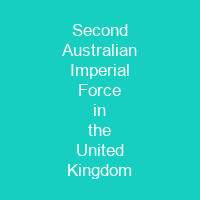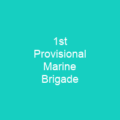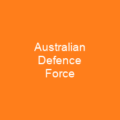Elements of the Second Australian Imperial Force (AIF) in the UK
The AIF’s presence in the United Kingdom during World War II was a significant chapter in Australia’s military history, but what exactly did these troops do there? How did they contribute to the Allied war effort?
Arrival and Early Days
In June 1940, around 8,000 AIF soldiers arrived in the UK. These brave men formed part of a mobile reserve during the Battle of Britain, a critical moment when the fate of Europe hung in the balance. But why did they leave their homeland for this distant land? Was it just to train or was there more at stake?
Training and Readiness
The 6th Division, Australia’s first combat formation, was sent from Australia to the Middle East to complete its training in November 1939. The plan was ambitious: transfer the AIF to either the UK or France once fully trained and equipped. However, when Germany invaded France on May 10, 1940, this plan had to be altered. Convoy US 2 with the 17th Brigade sailed for the UK but was advised by the British to remain in the Middle East.
Convoy US 3, carrying troops for the 18th Brigade and other units including 6,000 New Zealanders, faced a similar dilemma. Initially agreed upon, the convoy’s destination changed due to concerns about Italian involvement. The 18th Brigade arrived in Egypt on December 31, 1940, while the 25th Brigade reached Palestine on March 10, 1941.
Life and Training at Salisbury Plain
Australforce, made up of infantrymen, medical personnel, signals, Army Service Corps, ordnance personnel, and other units, was stationed in Salisbury Plain. Major General Henry Wynter commanded this force, which underwent reorganisation to prepare for a potential German invasion. The 25th Brigade was formed from 459 infantry replacements and 1,300 soldiers transferred from other units.
Despite the tension of war, many Australian soldiers took leave in London, using free rail passes to explore England. Discussions began about transferring Australforce back to the Middle East, but British units often substituted for Australians on some occasions. Finally, on October 16, 1940, Australforce was transferred to Colchester as part of Eastern Command.
Medical and Forestry Units
The Australian Army’s medical branch maintained specialist liaison staff in the UK, including Major General Rupert Downes and Sir Thomas Dunhill. Other units like forestry companies also played a crucial role. In July 1940, two Australian forestry companies arrived in southern England to undertake military training before cutting timber in Northumberland.
The Australian Forestry Group was established in July 1941, led by Lieutenant-Colonel C.R. Cole. Despite initial struggles with illness and adapting to British standards, the group produced over 30 million super feet of sawn timber. They even paraded through New York City while en route back to Australia.
Repatriation of Prisoners of War
Following their departure from the UK, a small AIF administrative section remained in the country as part of the military liaison staff at the High Commission of Australia. In 1944, 13 members were posted to the UK for experience in planning and conducting large-scale amphibious operations.
The repatriation of Australian prisoners of war (POWs) was another significant task. By April 1945, over 5,600 POWs had been processed by the 1st AIF Reception Group at liberation camps in Europe. Upon arrival in the UK, former POWs were sent to hospitals or Eastbourne Transit Camp for medical checks and increased rations before being repatriated.
Victory Celebrations
In March 1946, 250 military members were dispatched to the UK for the London Victory Celebrations. The Australian Victory Contingent, led by Major General Kenneth Eather, participated in a victory parade on June 8, 1946. Many soldiers received their Victoria Cross medals from King George VI before embarking on an extensive leave period.
These stories of the AIF’s presence in the UK during World War II are not just tales of war but also of resilience and adaptability. The Australian soldiers who served there played a vital role in the Allied victory, contributing to both the front lines and behind-the-scenes efforts that shaped the course of history.

You want to know more about Second Australian Imperial Force in the United Kingdom?
This page is based on the article Second Australian Imperial Force in the United Kingdom published in Wikipedia (retrieved on November 29, 2024) and was automatically summarized using artificial intelligence.







